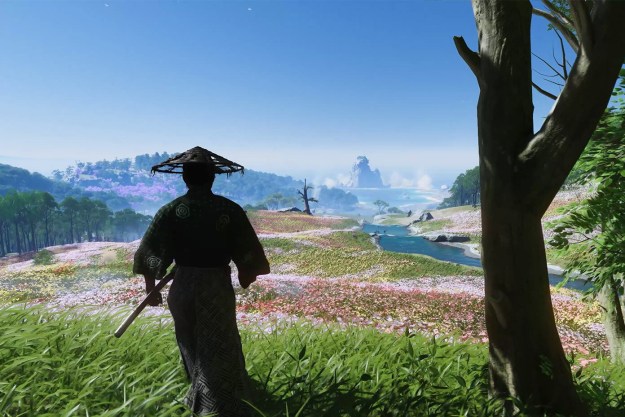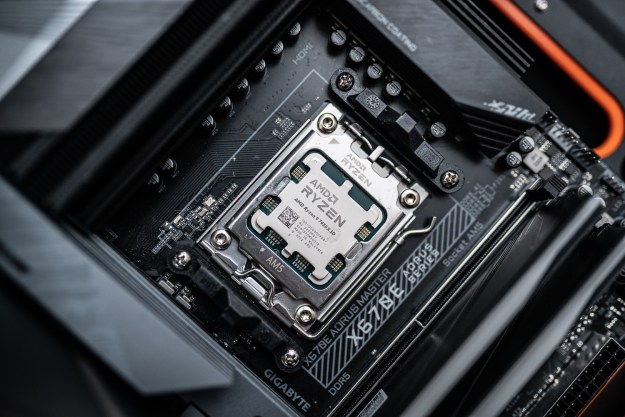The visual novel genre is a space within video games that provides indie developers a lot of freedom and opportunity to create stories that they would like to see, especially given that the genre focuses a heavy emphasis on text-based gameplay. Originating in Japan, visual novels have quite a massive audience internationally, with games ranging from romance-driven stories to those with a horror approach.
GB Patch Games is an indie game development company that was founded in 2015 and solely focuses on the development of visual novel games. With a number of titles in its library already, the studio’s current focus is on its Our Life series. The first title, Our Life: Beginnings and Always, was released in November 2020 while the next entry, Our Life: Now & Forever, is currently in development. Our Life: Beginnings and Always follows the story of two childhood friends, their families, and four significant summers that range from childhood to the young adult years
In speaking to Katelyn Clark, founder of GB Patch Games, I learned a little more about the developer’s focus on visual novels, their approach to storytelling, and some of the unique elements found in the Our Life series.
GB Patch Games was founded back in 2015. With a focus on developing visual novels, you have a pretty sizable library of games! What was the initial draw towards the visual novel genre as developers?
Growing up I loved playing video games. It was a lot of fun to interact with them and move the story along myself through gameplay. But what ended up amazing me more than anything else was when I happened to try games that allowed you to interact with the story/character side of the experience. RPGs with secret endings, the Harvest Moon series where you got to pick which person the main character married (if anyone), etc. The realization that in a game where you had some level of control over what happened, things didn’t have to go only one way always stuck with me.
Though for most of my childhood, I always thought normal gameplay came first and that’s all there was. I didn’t know about text adventures or genres like that until I was older. Visual novels were the first story-centered type of game I stumbled on as a young teen. And it was very exciting to find games where the gameplay was all about interacting with a story. I was immediately a big fan and have been ever since.
In terms of the visual novel genre, are there any specific elements to the genre that stand out to you? Was there any particular gap you noticed in the genre that you thought you could fill with your games?
I enjoy stories where not only is anything possible, but where there can be more than one thing possible. Visual novels don’t have to follow any conventions, though certain genres do have some expected elements, and can include as many options/branches as the creator wants. It’s a lot of fun.

I didn’t think I was doing anything particularly needed when I got into making my own, though. I just wanted to create games I liked, try whatever ideas I had even if they weren’t consistent with each other, and hoped other people would have a good time with them too.
With such a wide range of games within the genre, what about the genre has contributed to the stories that you’re looking to tell through your games?
Visual novels make it easy to try out the different interaction concepts I’ve had an interest in. From point management to timed options, to choices that are purely for roleplaying/customization, and always getting to choose who the main character has a preference for (if anyone).
In playing through Our Life: Beginning and Always, I noticed that the ability to really customize the player’s character is a huge part of the game. What is the significance for the GB Patch team in terms of providing such inclusive customization options for players?
When coming up with the initial ideas for Our Life, player customization wasn’t something terribly present. I was thinking about how I wanted to create a story where the characters grew up over the years, how it’d be fun to have your choices influence the way the love interest developed, that I wanted to attempt an atmosphere that was genuinely relaxing/nostalgic to people, and there was a goal of really showing off how charming the childhood friend trope could be if it was given complete focus.

While going through that list, difficult decisions had to be made. With so many elements and such a long period of time to go over, it was stressful to try coming up with one single, perfect way to do it that would give players of all different personalities a positive experience. My solution was to default to ‘well, maybe we could make it a choice instead of a set thing’.
After repeated rounds of that, it eventually clicked that if I’m imagining players having this ideal little summer story of growing up without worries of how it’ll play out, that the best way to do that would be to just let them live how they wanted to. It was pretty obvious in retrospect. At that point, we began work on coming up with systems and structures that would allow as much personalization as possible so that as many people as possible felt comfortable and included.
Was creating extremely customizable experiences a big focus for GB Patch from the beginning?
It wasn’t. Originally, I wanted the games we made to be a story you had a say in, but still an intentional/set experience. I thought us keeping a good amount of control was the best way to ensure there was a consistent tone and the players would feel the ways we hoped they would and such. It wasn’t until Our Life: Beginnings & Always that all the good things major customization could do got through to me. I imagine quite a lot of our projects will use heavy personalization from here on out.
Specifically looking at Our Life: Beginning and Always, the game definitely has so many choices to go through. With over 300,000 words in the game, there’s a lot of story to read through. What has been the general approach to creating both the base game and the DLC associated with it in terms of writing and mapping out the customizable choices?
It’s definitely freeform. I take each part of the game (Step openings, Moments, and Step closings) one at a time. Almost nothing is strict or unchangeable or decided on in-advanced. Often there aren’t even pre-planned premises for any of the Moments. The events only start to truly exist when I’m actually working on a single new Moment or opening or ending.

There were overarching themes and certain types of scenes I knew I wanted to include, but I didn’t know for sure how anything was going to fit or play out until I worked through each section. Then once new content was complete, I’d go back and add references or alterations to prior scenes where needed. I like being able to give myself as much time as possible before deciding on the content and being free to go with whatever makes sense when I do reach the point where a choice has to be made.
What has been the most rewarding part of creating visual novels? Is it the final game and story, the community that has sprung up around your games, the team that you work with?
Our Life: Beginnings & Always resonated with people more than I ever thought it would. We tried our best, though I honestly thought the game would come out to be an ‘enjoyable time’ and that’d be satisfying enough. I didn’t have confidence that it’d succeed in having a deeper emotional impact. But it did for a lot of the players who gave it a chance.
Seeing how the story and characters made people happy, helped them feel calmer in a really stressful time, let them reflect on their real lives, allowed them to live out things they couldn’t in their real life, and all of that has definitely been the most rewarding part of everything I’ve done with visual novels.
Interview responses have been lightly edited for clarity.




